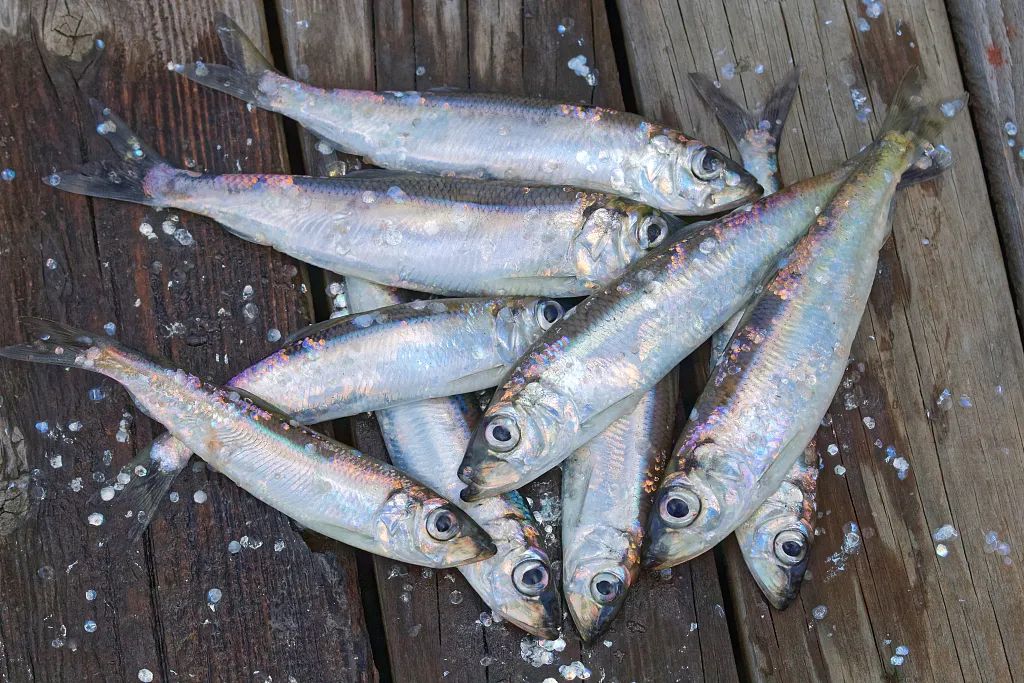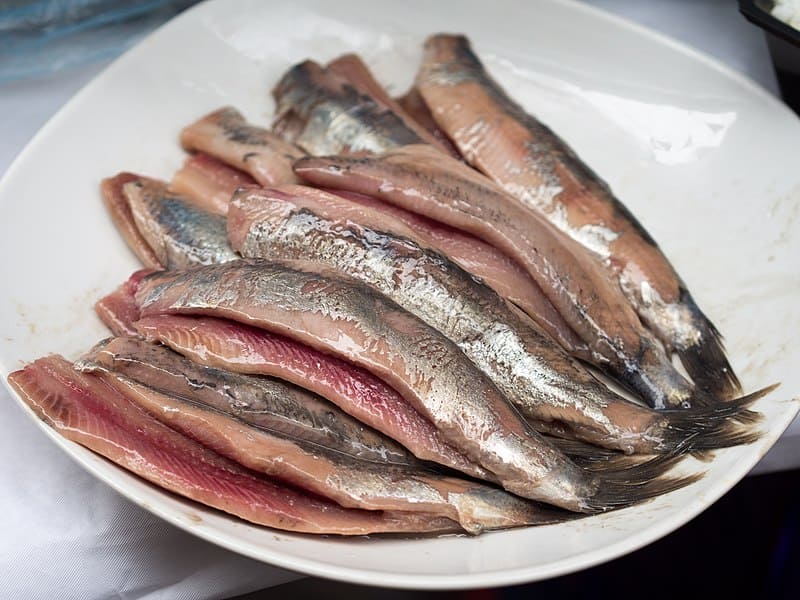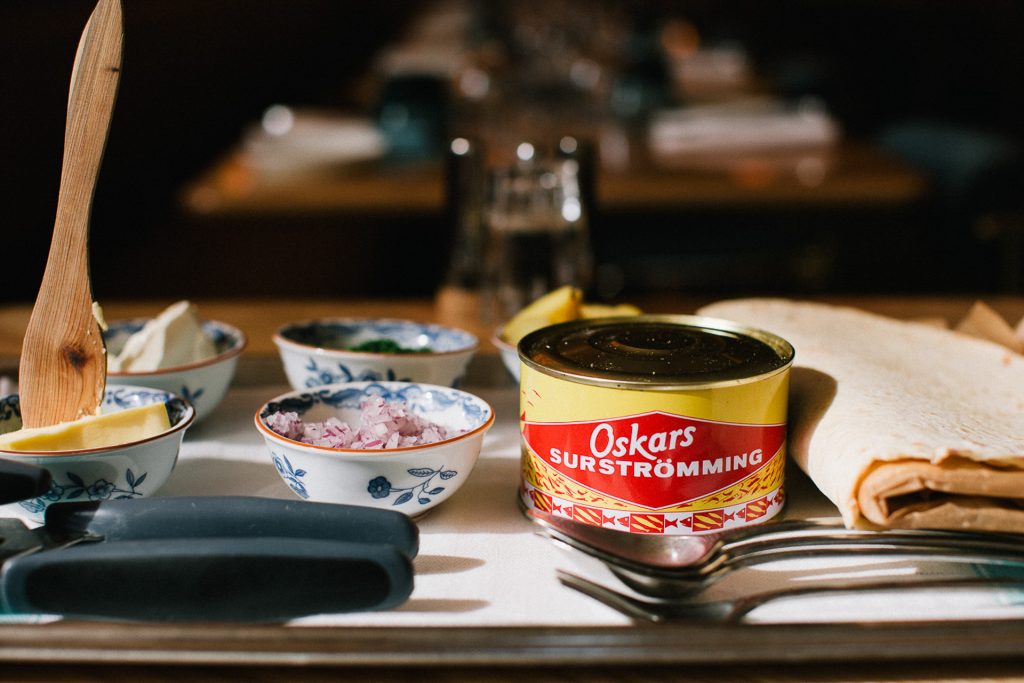Eating pungent foods is a culinary culture found worldwide. From Guilin’s river snail rice noodles in Guangxi to Japan’s natto and even Sweden’s fermented herring in a can, these can all be considered “biological weapons” in the world of food. The more extreme the stench, the more it entices people to take on the challenge.

Surströmming, which translates to “sour herring” in Swedish, is a traditional Swedish food.
As the largest country in Northern Europe, Sweden primarily embraces Western cuisine, with favorites including bread, potatoes, and meatballs. Surströmming is also a unique delicacy for which this country is internationally renowned.

NHK television station in Japan once conducted a test using professional instruments, revealing that the level of odor from surströmming, a type of fermented herring canned fish, is approximately 20 times stronger than that of stinky tofu and natto. It can almost be deemed the “most odorous food.”
The fish used in making this type of canned herring is Atlantic herring, which is widely distributed and forms spectacular shoals. Although they are not large in size, during the summer harvesting season, thousands of them can be caught.

A large quantity of Atlantic herring is processed into canned surströmming for longer storage. In the past, Swedes favored this relatively inexpensive and easily obtainable fish due to its high nutritional value.
Per 100 grams of herring, it contains 17 grams of protein and 14 grams of fat, providing 825 kilojoules of energy. Rich in various vitamins and trace elements, it is hailed as a “nutrient-rich and health-promoting fish.

Fresh herring actually doesn’t have much of a peculiar smell, but why does it become so pungent when made into canned fish?
Scientific research has revealed that the foul odor of surströmming primarily comes from anaerobic bacteria called “Haloanaerobium” produced during the fermentation of herring.

This type of bacteria has a strong odor, and during the fermentation process, it also generates substances like carbon dioxide, propionic acid, butyric acid, and hydrogen sulfide (the smell of rotten eggs).
The combined flavors don’t simply add up; instead, they multiply exponentially, ultimately releasing an unbearable “stench.”

Even in Sweden, there are explicit regulations stating that opening surströmming cans is not allowed in residential areas. Moreover, precautions must be taken to prevent the spread of the unpleasant odor during regular consumption.

If you are up for the challenge of trying this food, here are some reminders:
- Do not open the can in a confined space.
- It is strictly prohibited to bring this type of canned food onto an airplane.
- After consumption, be sure to tightly seal the can before disposing of it to prevent any impact on the urban environment.
- Once opened, finish the contents; do not waste food!

